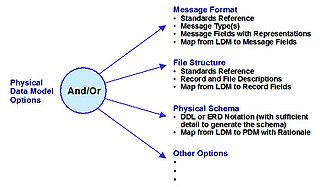The Sun StorageTek 5800 System (codename: Honeycomb) is an object-based storage system from Sun Microsystems that uses a symmetric clustered design with both processing and storage functions within a system cell. It is designed for data archive, repository, and distribution applications used by institutions to store large amounts of digital information such as medical information, e-Research, rich media, and digitized historical records.

Sun Microsystems, Inc. was an American company that sold computers, computer components, software, and information technology services and created the Java programming language, the Solaris operating system, ZFS, the Network File System (NFS), and SPARC. Sun contributed significantly to the evolution of several key computing technologies, among them Unix, RISC processors, thin client computing, and virtualized computing. Sun was founded on February 24, 1982. At its height, the Sun headquarters were in Santa Clara, California, on the former west campus of the Agnews Developmental Center.
An information repository is an easy way to deploy a secondary tier of data storage that can comprise multiple, networked data storage technologies running on diverse operating systems, where data that no longer needs to be in primary storage is protected, classified according to captured metadata, processed, de-duplicated, and then purged, automatically, based on data service level objectives and requirements. In information repositories, data storage resources are virtualized as composite storage sets and operate as a federated environment.
With a customer-definable metadata schema, the system offers the ability to program the entire indexing schema used to tag and search data. This solution combines a fully native design with systems expertise to create a storage system that runs the Solaris operating system and leverages Java development tools to drive a closer integration between compute and store assets in a data center. [1]

Java is a general-purpose computer-programming language that is concurrent, class-based, object-oriented, and specifically designed to have as few implementation dependencies as possible. It is intended to let application developers "write once, run anywhere" (WORA), meaning that compiled Java code can run on all platforms that support Java without the need for recompilation. Java applications are typically compiled to bytecode that can run on any Java virtual machine (JVM) regardless of computer architecture. As of 2016, Java is one of the most popular programming languages in use, particularly for client-server web applications, with a reported 9 million developers. Java was originally developed by James Gosling, a Canadian, at Sun Microsystems and released in 1995 as a core component of Sun Microsystems' Java platform. The language derives much of its original features from SmallTalk, with a syntax similar to C and C++, but it has fewer low-level facilities than either of them.

A data center or data centre is a building, dedicated space within a building, or a group of buildings used to house computer systems and associated components, such as telecommunications and storage systems.






